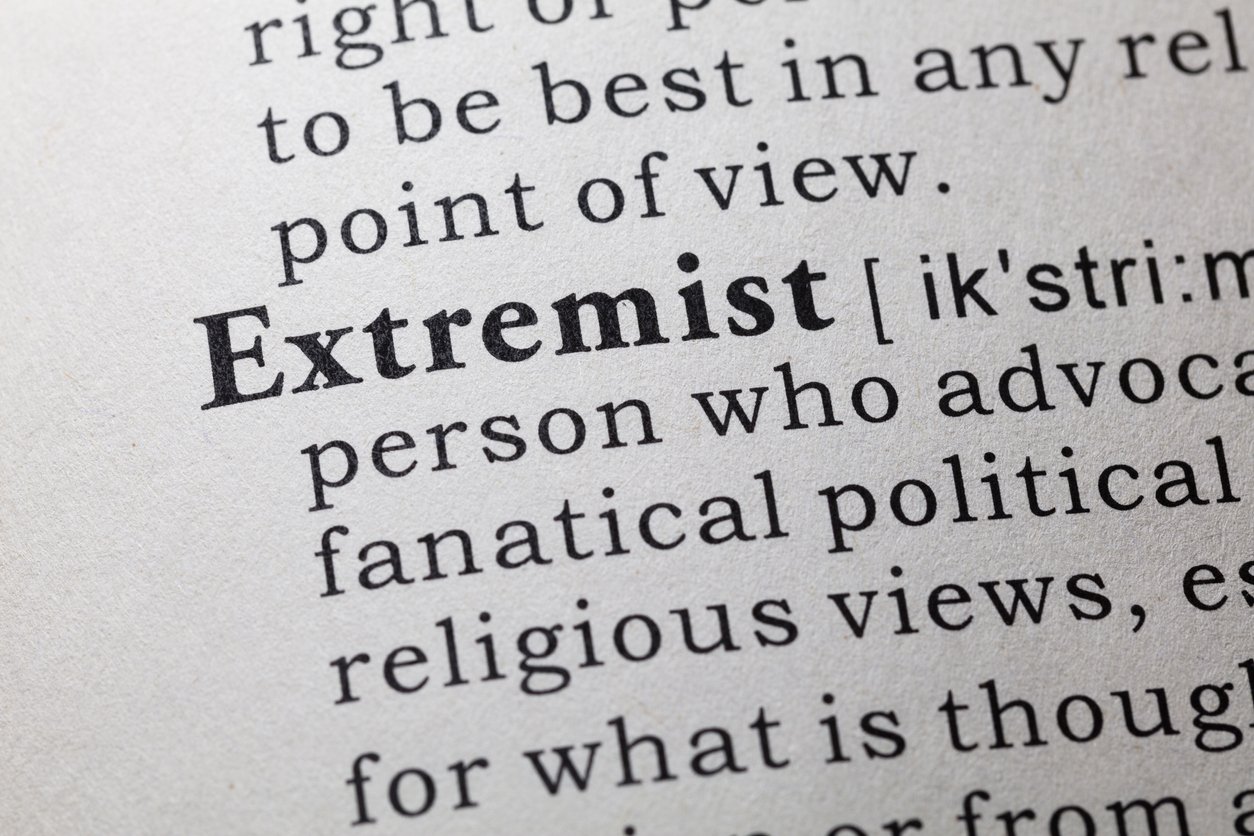Extremism, Terrorism and the Police
In this section, we focus on the need for policing to change its interest, perspective and operations to keep pace with rising threats from homegrown extremism and large-scale terrorist attacks. This has already created unique challenges to police forces. Individualized radicalized online pose special difficulties for the police and federal anti-terrorism authorities. Traditional methods for tracking foreign networks often prove ineffective, necessitating police to use new forms of surveillance, community policing, and interagency collaboration to effectively counter these threats.
Major terrorist events like the 9-11 attacks have had a lasting effect on policing on multiple fronts, leading to significant changes in preparedness, intelligence-sharing and public vigilance. The police must now balance enhanced security measures with safeguarding civil liberties and preserving public trust.
Going forward, state, local and federal agencies may rely more heavily on preemptive actions that combine intelligence gathering with public engagement efforts and understanding the sociopolitical factors contributing to extremism. They may also experience an increase in individual attacks that are difficult to predict or prevent - necessitating ongoing adaptation and investment by police in training and technology solutions.

The Domestic Threat of Weaponized Drones: Are U.S. Law Enforcement Agencies Prepared?
Weaponized drones pose a rising domestic threat, exploiting affordable technology for attacks on civilians and infrastructure. U.S. law enforcement faces significant legal, operational, and technological gaps in preparedness. Enhanced laws, technology investment, specialized training, and public-private cooperation are urgently needed to mitigate this evolving risk effectively.

The Danger to Policing in Normalizing Extremism
Encounters between police and far-right groups in recent years have raised eyebrows and caused some to consider whether there is much more beneath the surface. Some of these groups have long identified with the Blue Lives Matter flag and slogans that suggest they support the police. The footage of the infamous January 6th attack on our Nation’s Capitol is rife with these flags and emblems. Could it be that a part of the explanation for the lack of police preparedness involves an overidentification or level of comfort with these groups? Have some in policing normalized an acceptance of these groups because they carry a supportive slogan or flag and concluded they’re not capable of violence – including that aimed at police officers?

